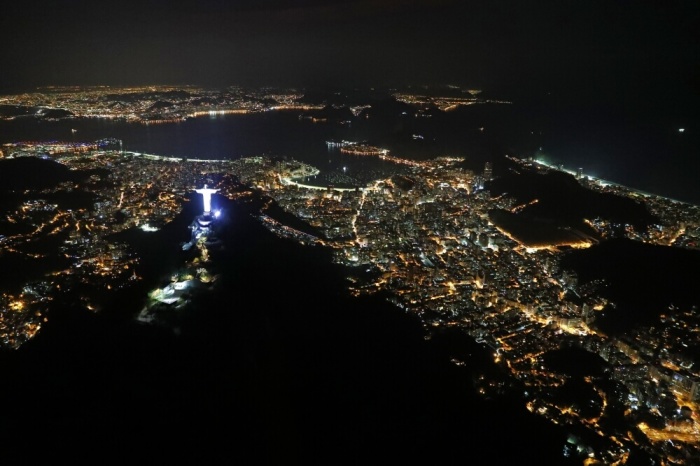Christ the Redeemer: 5 Things to Know About Rio's Most Famous Statue
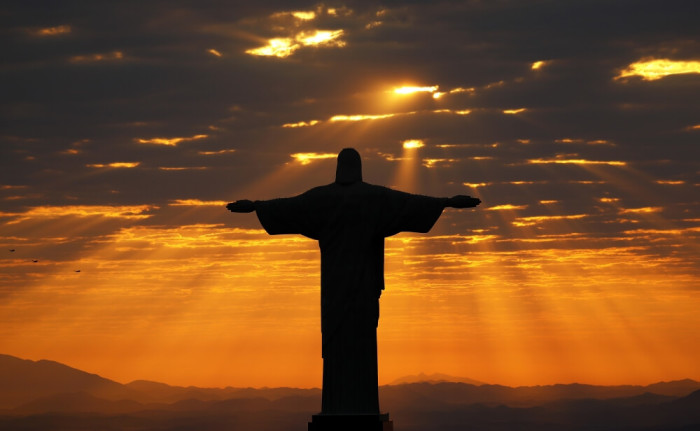
As the 2016 Summer Olympics come to a close this weekend, viewers will have a few more opportunities to see aerial images of the massive representation of Jesus Christ that overlooks Rio de Janeiro. But how did the 98 feet tall, 635 metric ton Christ the Redeemer statue come about?
Here are five fascinating facts you should know about Brazil's Cristo Redentor statue.
1. It's listed as one of the "new seven wonders of the world," and its roots trace back to the 1850s.
Christ the Redeemer stands with outstretched arms atop a mountain as if to physically embrace Brazil's second-most populous city. The monument has become a global symbol of the Christian faith and attracts millions of visitors every year.
In 2007, it was listed as one of the new seven wonders of the world, "based on over 100 million votes cast from people in 200 countries," according to The Telegraph
Other sites that made the list by popular vote include the Great Wall of China, Petra in Jordan and the Roman Colosseum in Italy.
The idea for such a statue originated in the 1850s when a priest in Rio named Pedro Maria Boss suggested putting a Christian monument on Corvcado mountain and requested funds from Brazil's Princess Isabel to construct one. She was not enthused by the idea, and the project never materialized.
By the time Brazil was reconstituted as a republic in 1889, a move that separated church and state, the project had long been scrapped.
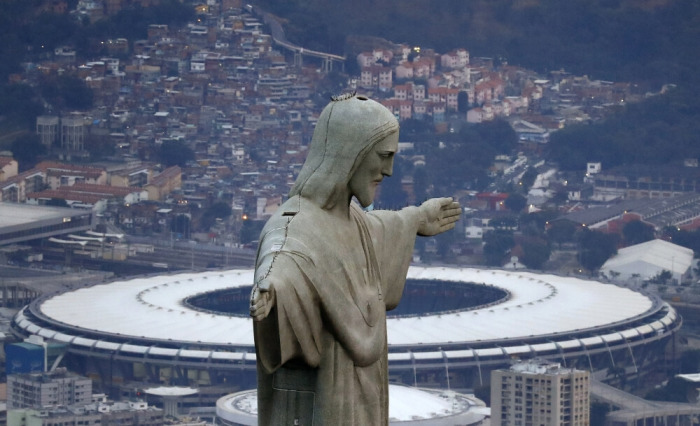
2. The statue was built to make a statement about Christianity.
After World War I, the idea to build a statue resurfaced when the Roman Catholic archdiocese in Rio, together with a group of Brazilians, grew concerned about a lack of religious faith in Brazil. A massive statue of Jesus on a nearby mountain would make a significant, lasting statement.
Brazilian engineer Heitor da Silva Costa, whose design was ultimately chosen in February 1922, envisioned that the statue should face the rising sun.
"The statue of the divine savior shall be the first image to emerge from the obscurity in which the Earth is plunged and to receive the salute of the star of the day which, after surrounding it with its radiant luminosity, shall build at sunset around its head a halo fit for the Man-God," he wrote, according to the BBC.

3. Da Silva collaborated with a Polish-French sculptor to create the statue.
According to the Daily Mail, "Workers were marching towards 'inevitable artistic failure,' as Brazilian architect Heitor da Silva Costa reportedly said, without being able to go back," but the builders did not stop.
As noted by Aleteia on Wednesday, in order for the statue to be seen by many people, da Silve knew it had to be quite large so he "teamed up with Polish-French sculptor Paul Landowski, who created a clay statue that was shipped and reproduced in Rio using concrete."
The statue stands at 98 feet tall, not including its 26 feet stone base, and is made of concrete and soapstone.
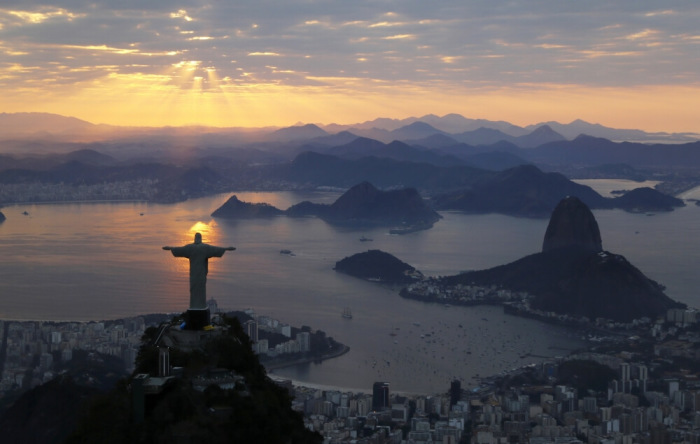
4. It has been repaired several times because of lightning strikes and vandalism.
Christ the Redeemer stands at approximately two thirds the height of New York's Statue of Liberty and officially opened to visitors in October of 1931.
Having undergone multiple repairs because lightning often strikes it, rods resembling a crown of thorns have been affixed to the statue's head. After the statue was stuck by lightning in January 2014, causing damage to one of its thumbs and a middle finger, additional rods were placed along the top of the arms to the middle fingers to prevent further damage.
According to the National Institute for Space Research, the statue is struck by lightning on average between three and six times a year.
Christ the Redeemer has also been the target of vandalism and in 2010 the statue's head, chest and arms were covered in black spray paint with phrases such as: "When the cat's away, the mice will play," according to the Latin American Herald Tribune.
In 2010 the statue was thoroughly cleaned and repaired; the next major renovation is scheduled for 2020.
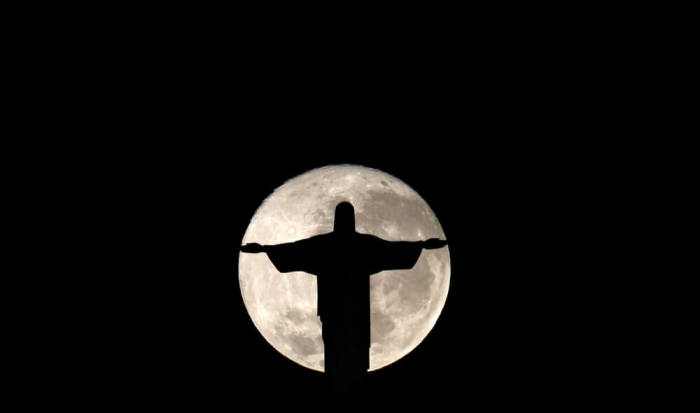
5. Not everyone sees Christ the Redeemer as a distinctly religious monument.
Marcio Roiter, president of Brazil's Art Deco Institute, told the BBC in 2014 that it means something different for each person.
"It's more like somebody giving you a hug — welcoming you," Roiter said.
